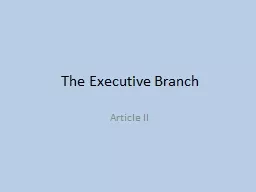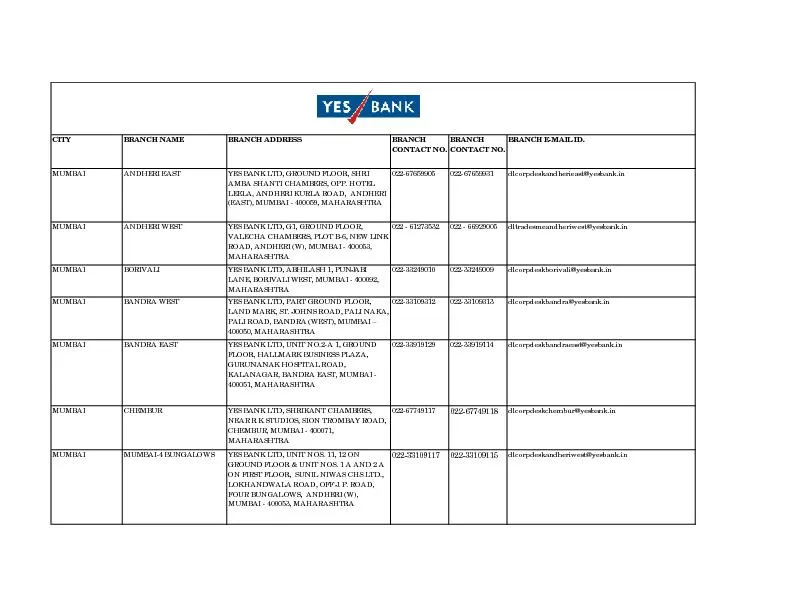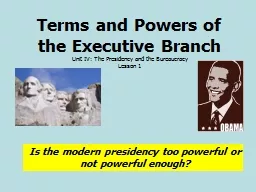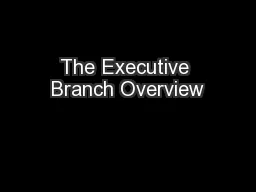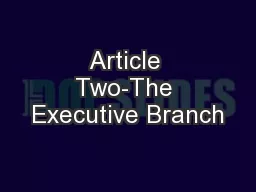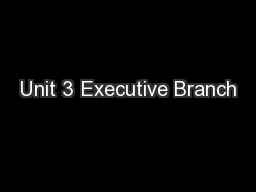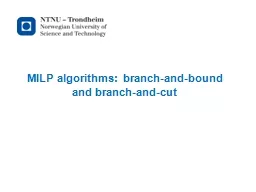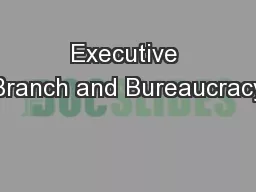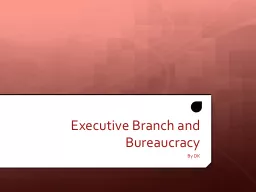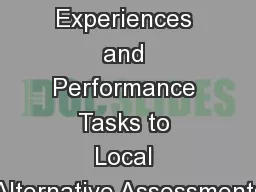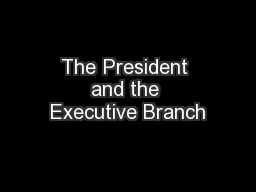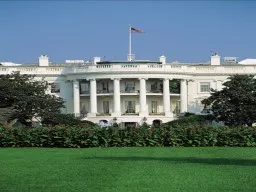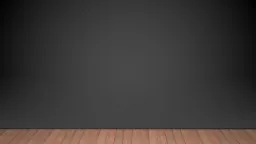PPT-The Executive Branch Article II
Author : opelogen | Published Date : 2020-06-24
Powers of the President Formal Powers Those powers listed in the Constitution These powers are also called Foreign Wars send troops Shared Yes Congress declares
Presentation Embed Code
Download Presentation
Download Presentation The PPT/PDF document "The Executive Branch Article II" is the property of its rightful owner. Permission is granted to download and print the materials on this website for personal, non-commercial use only, and to display it on your personal computer provided you do not modify the materials and that you retain all copyright notices contained in the materials. By downloading content from our website, you accept the terms of this agreement.
The Executive Branch Article II: Transcript
Download Rules Of Document
"The Executive Branch Article II"The content belongs to its owner. You may download and print it for personal use, without modification, and keep all copyright notices. By downloading, you agree to these terms.
Related Documents

